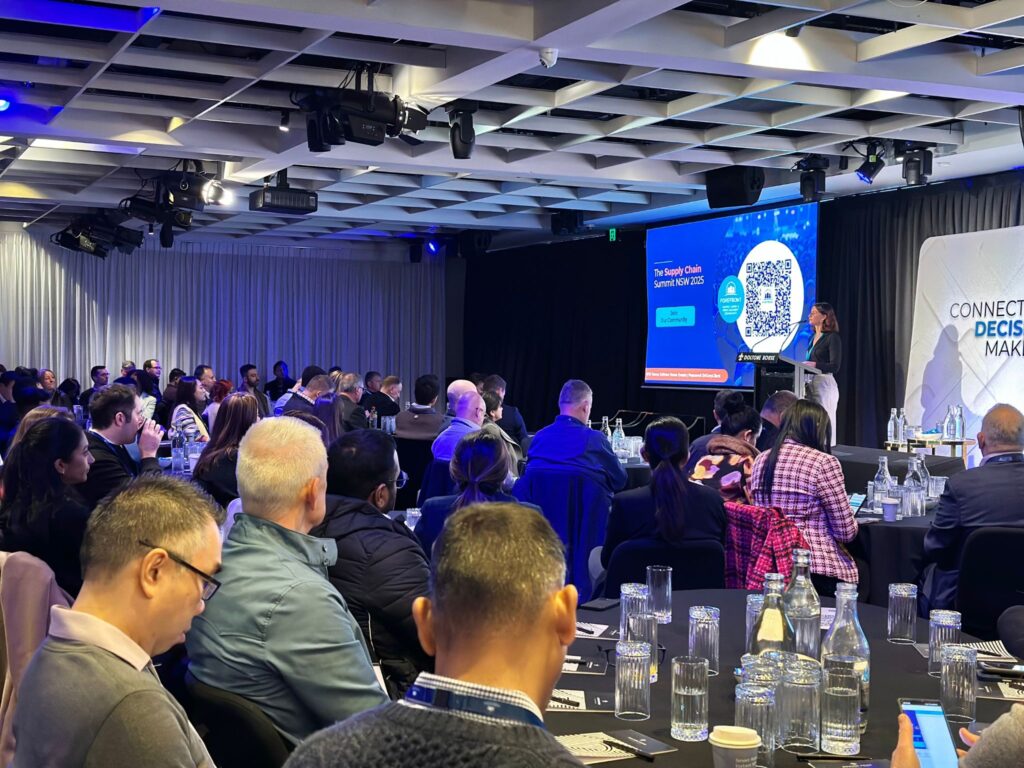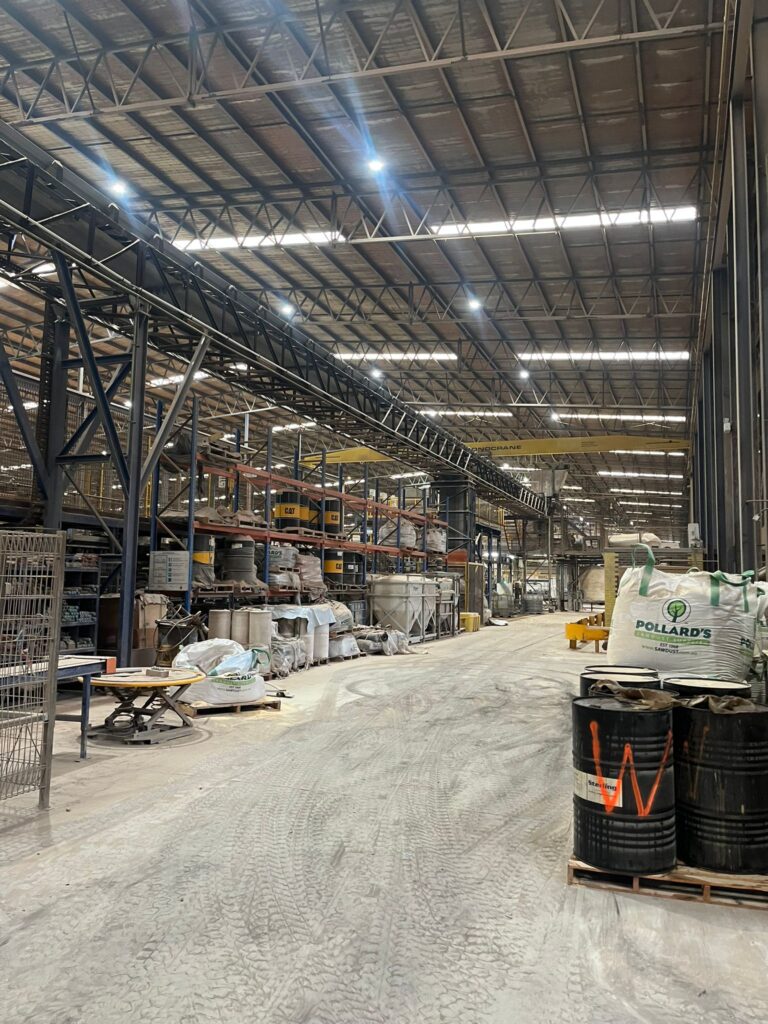In the complex world of logistics, everyone loves a good KPI!
There are many KPI, and DOT, Delivered On Time, is the one we look at in this post.
Delivered On Time (DOT) is a critical metric in supply chain management, reflecting whether an organisation meets its promised delivery times.
There are lots of process improvements and technology that can help plan, optimise and provide efficient delivery models to ensure delivery times can and are achieved.
But sometimes though, DOT can be improved by just ensuring measures align with the agreed customer expectation.
Does your delivery on-time reporting really align with what your customer expects?
The DOT KPI simply requires comparing two measures of time –
- the actual time a delivery occurred, compared to
- the time it was promised to be delivered, typically a time window.
And if the actual time falls within the promised time window, it’s ‘On Time’. Simple.
But this is where the ‘On Time’ challenge starts …

Actual versus Promised versus Expected versus Planned
There are a number of factors and points of measures that need to be considered when determining if a delivery is actually ‘On Time’.
Actual
The ‘Actual’ delivery time is the time the delivery is recorded as having occurred. This is the time against which DOT is calculated.
However, this time can be based on either:
> the arrival at the customer location, or
> when the delivery is unloaded or
> when the customer ‘signs’ (sign on glass), or
> the truck departs or driver confirms delivery complete?
Sometimes there can be a significant time difference between site arrival and departure.
At some large retail distribution centres, trucks can park up for hours waiting before getting an unloading dock space, or if a driver has many deliveries within the same large shopping complex, a delivery to an outlet may be sometime after the truck arrived at the site.
And if using a 3PL transport service, need to ensure the time being reported aligns with the time being used to calculate DOT, particularly if based on automatic geofencing data logic.
It is important to know what actual time is been recorded and that this aligns to the calculation of the understood and agreed DOT measure.
Promised
The ‘Promised’ delivery time should be the agreed delivery window with the customer, and the window to measure DOT against. This time window is the agreed earliest time and latest time deliveries can be made, taking into account both the customer’s preferred times to receive a delivery and the preferred delivery time to this customer.
Defining and aligning optimal, requested and achievable windows may require careful negotiation, optimisation analysis and compromise on both sides.
Expected
If a customer regularly receives deliveries around the same time this may create a delivery time expectation. This ‘Expected’ delivery time needs to be carefully managed as it can quickly become the measure by which the customer will measure DOT. For example. If a customer expects a delivery around 3pm every time, and if a delivery were to occur at 4pm, before a 5pm promised and agreed window, the customer may still conclude and look to measure the delivery as ‘late’!. It is very easy for the ‘expected’ time to become the measure.
It is important the agreed window or ‘delivery promise’ is a clear and accepted reference with the customer, and that this is the window used for reporting DOT. Sometimes, just ensuring this makes all the difference.
Planned
The ‘Planned’ delivery time is the time the delivery has been planned to be delivered.
A lot of businesses and transport operators these days use a transport management system (TMS) that incorporates a level of automated scheduling in which a system will determine when a delivery to a customer is planned to occur. And this could be a different time for each delivery.
If using a scheduling system, check that you are not planning to fail before you start! It may be planned for the delivery to not even be within the Promised delivery time!
Ensure the planning system aligns with and uses the customer agreed delivery times?
Best practice encourages to share ‘Planned’ delivery windows to enhance the customer experience, but ensure how DOT reporting takes into account any ‘Planned’ window compared to the ‘Promised’ window. That is, does the reduced and refined ‘Planned’ window replace the ‘Promised’ window for the DOT calculation reported? Does DOT remain against the ‘Promised’ window or, as some businesses do, report DOT to Promised window to the customer and DOT to Planned window for operational metrics.
Late vs Early
In the complex world of transport and distribution, unfortunately not everything goes to plan!
A ‘Late’ delivery, where the ‘Actual’ time of delivery is later than the ‘Promised’ time window, may be something you have to report and manage, and is why DOT is measured as a percentage % against all deliveries. The key is minimizing ‘late’ deliveries by having and using good systems and processes.
But ‘Early’ – how can this be?
If a driver arrives early to a customer, before the agreed ‘Promised’ window, it makes good customer service for the driver to just wait until the earliest time commences, therefore delivering ‘on time’ and not failing DOT.
But if a measure of ‘Early’ is reported as ‘On Time’ and the customer happily accepts the delivery, then the ‘Promised’ time window needs to be adjusted to the earler time the Customer will accept the delivery because it’s not ‘Early’ then!
Managing, setting and then meeting customer expectations is crucial for successful order management. When you fulfill orders in a way that aligns with what the customers expect, you enhance their experience and build loyalty.
Achieving ‘Delivery On Time’? is either a ‘yes’ or ‘no’. And as simple as the measure of DOT is, ensuring DOT is measured correctly is not simple. Make sure the DOT you use is aligned, understood and reported correctly.
Ready to master Delivered On Time? Explore how aligning your delivery times with customer expectations can drive efficiency and customer satisfaction. Visit our Logistics service page to learn more and start your transformation journey today.







